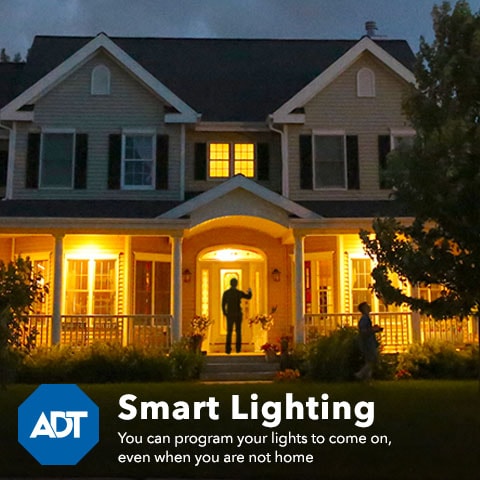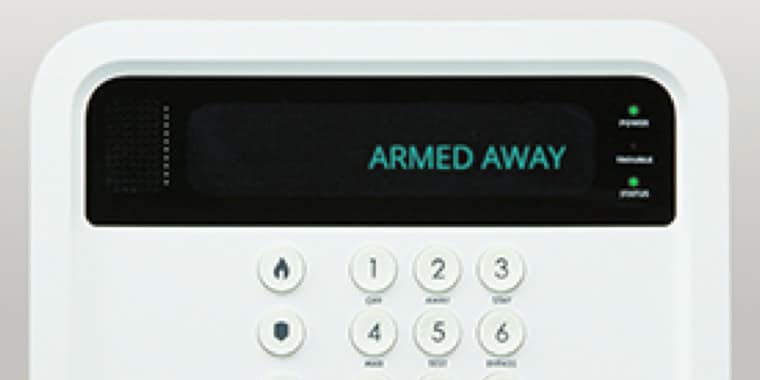It’s frightening to think of the possibility of returning home in the evening to find that your home had been burglarized. According to the latest FBI statistics, in 2014 there were over 8 million property crimes across the US with a total estimated loss of $14.3 billion.
So how can you ramp up your security efforts on a daily basis to prevent break ins and ensure that you don’t become just another statistic? Your local police department is always willing to give you tips on how to make your home/neighborhood more secure, but it’s always a good idea to take security into your own hands. Here are a few ideas to get you started.
Conquering the Basics
Believe it or not, many burglaries are committed through an unlocked door. Burglars will often walk right in with ease and immediately damage the sense of well-being in your home. The easiest thing to do to prevent break ins is make sure that all doors in your home are locked. Simple oversights like this cause families to lose countless dollars in stolen property and their precious peace of mind.
Your front door isn’t the only vulnerable spot in your house. The garage door is your home’s biggest door, so don’t leave it exposed. Make sure to install a garage door control. There are now controls you can install to open and close your garage doors remotely from a smartphone, tablet, or computer, so you never have to worry about leaving the biggest door to your home open.
Basement doors, pet doors, and the windows in your home need some attention, too. Check to make sure all areas of entry into your home are secured and locked sufficiently. Most burglaries happen during the day, so take extra care before you leave for work or vacation. Some burglars have also said that leaving a TV on or radio deterred them from entering, as they couldn’t tell if someone was home or not.
While it may seem obvious to simply keep all of your doors locked at all times (even if you are home), you can take this a step further by choosing a home security system from a respected security company like ADT to help prevent break ins.
Smart Lighting Is the Answer
Lights are one of the main ways that you can keep intruders away from your property. In an interview with former burglars, they mentioned that typically lights deter them from entering a home. Motion sensor lights will scare away those trying to walk into your yard and size you up. Also with smart lighting, you can program your lights to come on even when you aren’t home. This feature has an advantage over automated timers because you can turn the lights in your home on or off as you please from anywhere with your internet-connected device.
Home Security Is a Must
While step one is to make sure all your windows and doors are locked whenever possible, this still won’t prevent the more persistent intruders who will stop at nothing to get in your home. Thankfully, today’s home security systems are powerful, intuitive, and easy for the whole household to use.
Thieves aren’t so lucky these days with all the advances in home security and automation. You can now install a system that protects your home, and prevent break-ins from the elements—anything life throws at you. Set your security system remotely and put your mind at ease with automatic locks, a security system that monitors every move, and video surveillance that you can access from anywhere. Your home’s security is always in your control.
Maintain the Exterior of Your Property
Simple maintenance issues outside of your home can put a huge target on your house. Burglars are always looking for places to hide in or around your property. Tall shrubs and overgrown trees. Things like maintaining a well-kept yard and not having stacks of mail or packages in front of the house will make the home appear less vacant and also prevent break ins. Cut away tree branches that give easy access to top floor windows. Lawn maintenance also ensures less dark areas of your lawn that give cover.
Following these tips and investing in a security system from ADT can help you and your home from becoming a statistic. Learn more about ADT’s Burglary Alarm Systems and Monitoring Services.








